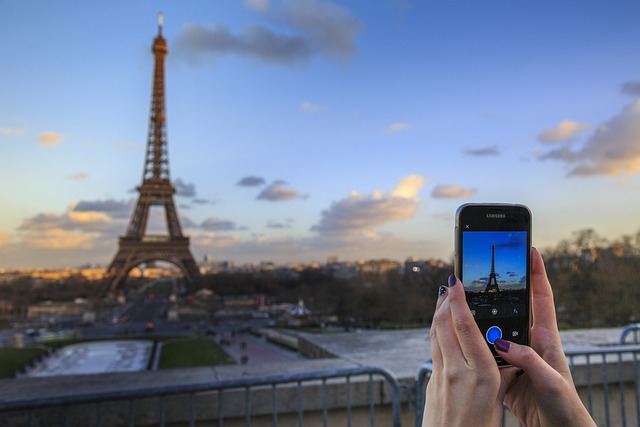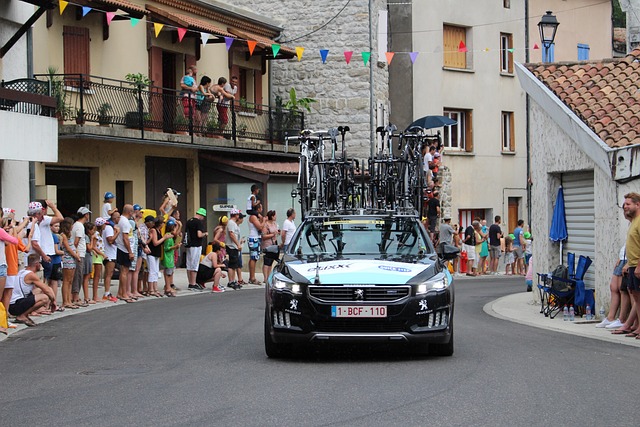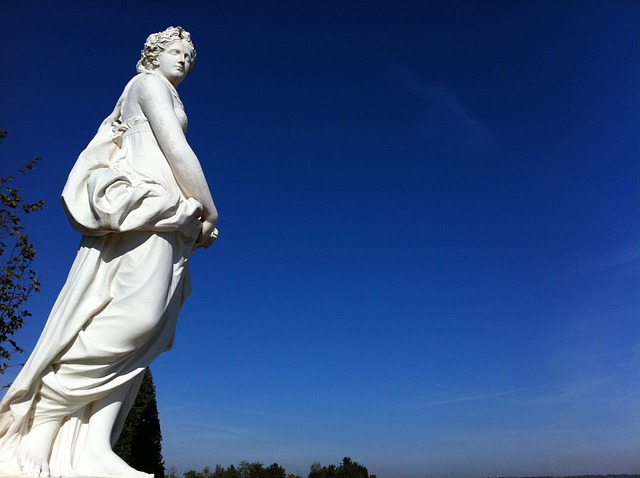Capturing the Grandeur: Photography Tips on Your Versailles Guided Tour
The Palace of Versailles, with its opulent architecture, stunning gardens, and historical significance, is one of the most photogenic locations in the world. A guided tour provides an opportunity not only to explore the rich history and culture encapsulated within its walls but also to capture breathtaking photographs that reflect its grandeur. Whether you are a seasoned photographer or a casual visitor wanting to document your trip, having the right techniques and tips can significantly enhance your photographic experience at Versailles.
Understanding the Location
Before you step into the magical world of Versailles, it’s essential to familiarize yourself with the layout of the palace and its grounds. The entire estate covers approximately 2,000 acres, including the famous gardens designed by André Le Nôtre. The main highlights include the Hall of Mirrors, the Royal Apartments, and the expansive grounds dotted with fountains and sculptures. Knowing where the prime photo spots are can help you plan your shots ahead of time.
The Hall of Mirrors
The Hall of Mirrors is perhaps the most iconic location within the palace. The interplay of natural light bouncing off the numerous mirrors creates a magical ambience that is hard to capture. When photographing this space, consider using a wide-angle lens to encapsulate the entire hall. Pay attention to the symmetry and lines formed by the mirrors and the stunning chandeliers hanging from the ceiling.
The Gardens
The gardens of Versailles are as elaborate as the palace itself, featuring meticulously groomed hedges, fountains, and sculptures. The best time to photograph the gardens is during the golden hour—shortly after sunrise or before sunset—when the light casts a warm glow over the landscape. Look for leading lines among the pathways and use the symmetry of the garden beds to create a sense of balance in your composition.
Equipping Yourself for the Tour
Having the right equipment can make a significant difference in the quality of your photographs. Here are some essentials you might consider bringing along on your guided tour:
Camera
While a DSLR or mirrorless camera will provide the best quality images, high-end compact cameras and even smartphones can also produce stunning photos. If you’re using a smartphone, familiarize yourself with its settings and capabilities ahead of time to maximize your creative potential.
Lens Choices
If you are using an interchangeable lens camera, a versatile zoom lens with a focal length of 24-70mm can be ideal for most situations. Additionally, consider bringing a prime lens with a wide aperture (like f/1.8 or f/1.4) for capturing beautiful portraits amid the lush backdrops.
Tripod
A tripod can be invaluable, especially in low-light conditions like inside the Hall of Mirrors. However, check with your tour guide for any restrictions about using tripods in certain areas, as they can block pathways and create hazards.
Extra Batteries and Memory Cards
Exploring the extensive Palace and gardens can lead to plenty of shooting opportunities. Ensure you have extra batteries and memory cards on hand to avoid missing out on any splendid moments.
Mastering Composition
Composition is vital in photography. Understanding how to frame your shots effectively can elevate your photography from ordinary to extraordinary. Here are some composition techniques you might find helpful:
The Rule of Thirds
Imagining your scene divided into a three-by-three grid can help you place your subject in a more visually appealing manner. Try positioning the main elements of your photo along the gridlines or at their intersections to create balance and interest.
Leading Lines
Versailles offers many natural lines, from the hedges in the gardens to the pathways. Using these lines can guide the viewer’s eye through your composition, leading them toward your main subject.
Framing
Use elements within the scenery to frame your subject. Archways, windows, or even branches of trees can act as natural frames, creating depth in your images and highlighting the beauty of both the palace and its enchanting surroundings.
Symmetry
The architecture of Versailles is characterized by its symmetry. When photographing architectural features, make an effort to center your shots to emphasize the harmonious balance, particularly in places like the Hall of Mirrors or the grand staircase.
Utilizing Natural Light
Natural light plays a key role in photography, especially in locations as vibrant as Versailles. Understanding how to work with light effectively can help bring out the rich colors and details in your images.
Soft Light
Soft, diffused light is often preferable, meaning the overcast days or early morning/evening light can be ideal for outdoor photography. It reduces harsh shadows and brings out color and detail in your photographs. Avoid shooting in the harsh midday sun, which can wash out colors and create unflattering shadows.
Golden Hour
The golden hour—shortly after sunrise or before sunset—is famous among photographers for its warm, glowing light. This time is particularly magical in the gardens of Versailles, where the sun illuminates the fountains and flower beds beautifully.
Exploring Various Angles and Perspectives
To capture the luxurious feeling of Versailles, don’t hesitate to experiment with different angles and perspectives. Instead of shooting all your photos at eye level, try getting low to the ground or finding high vantage points. Capture textures such as the intricate details of the palace’s walls or the delicate petals of flowers in the gardens for close-up shots that showcase a different perspective of grandeur.
Detail Shots
While wide-angle shots can capture the enormity of the palace, don’t overlook the small details that tell the story of Versailles. Intricate architectural details, floral arrangements, and historic artifacts provide a context that enriches your overall narrative.
Panoramic Views
Using panoramic shots can capture the vastness of the royal grounds effectively. Certain spots in the gardens, particularly near the Grand Canal, offer breathtaking expansive views that can mesmerize anyone glancing at your photos. Make sure to use a tripod for stability, or use a stable surface while taking these shots to avoid distortion.
Post-Production Techniques
Once your guided tour concludes and you’ve captured your favorite moments, spending some time in post-production can enhance your images further. While some may believe that photography ends once the shutter has been pressed, post-production gives you the ability to refine and polish your photos.
Editing Software
Utilize photo editing software like Adobe Lightroom or Photoshop to enhance your images. Adjust exposure, contrast, and saturation to create balance and vividness, ensuring your colors pop while maintaining a natural look.
Filters and Presets
Applying filters and presets can give your images a cohesive look. Consider creating a unique preset specific to your Versailles pictures, using tones and colors reminiscent of the rich history and elegance of the location.
Sharing Your Experience
Once you have edited your photographs, share them with friends and family or on social media platforms. Tagging your location can inspire others to visit and explore the beauty of Versailles, allowing your experience to fuel future adventures.
Conclusion
Capturing the grandeur of the Palace of Versailles through photography can enhance your experience, preserving the beauty and history of this remarkable location long after your visit. By understanding the layout, equipping yourself with the right tools, mastering composition, and utilizing natural light to your advantage, you can create timeless memories that reflect the elegance of Versailles. Remember to be patient, take your time to observe your surroundings, and enjoy the journey of exploring one of the most iconic sites in the world.


